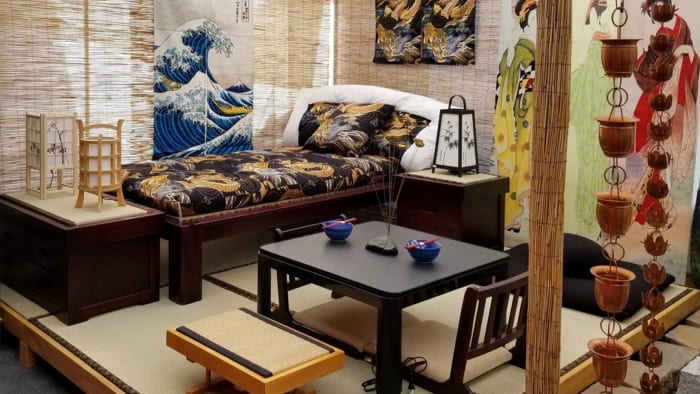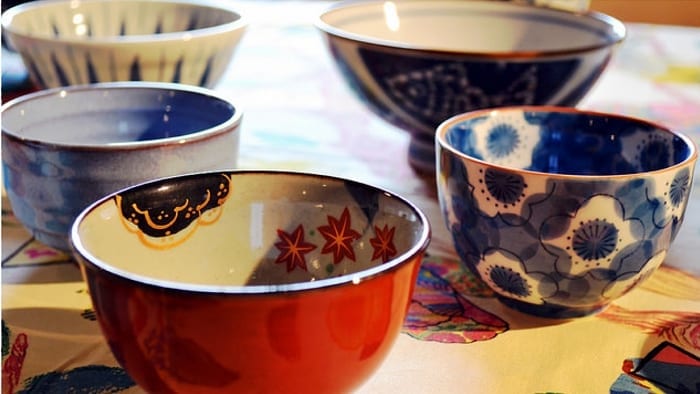Tsukimi or O-tsukimi is one of the most celebrated festivals in Japan. It is held to honor the autumn moon and thank the moon god for a plentiful harvest. The term Tsukimi literally means ‘moon viewing’ in English. True enough, if you intend to participate in a Tsukimi festival, expect that there will be a moment to view and admire the full moon.
How it all Began
The O-tsukimi festival began in the Heian era (794 to 1185). During this period, Japanese aristocrats gather themselves and recite poetry under the light of the full moon. In the Japanese lunisolar calendar, this gathering usually falls on the 8th month. They believed that the 8th month is the best month to look at the moon because the Earth, sun, and moon positions further illuminate the night sky.
Later on, the event is not only centered on a poetry reading. Decorations were made. Japanese pampas grass (susuki) was put into place. Tsukimi ryore, sake, and other food were shared by everyone viewing the moon. People who attend the gathering also begin to thank their moon god and pray for another bountiful harvest. Hence, the O-tsukimi festival tradition as we know it today.
Even when the moon is not visible, or there is rain, O-tsukimi festival is still being held. The Japanese call it Mugetsu (no moon), or Ugetsu (rain moon).
Setting up your Garden for Japan’s Harvest Moon Festival
To make your garden ready for the O-tsukimi festival, set up a long table either on one side or in the middle of your garden, whichever would be aesthetic and practical. Line bowls of seasonal crops like chestnuts, persimmons, taro, plants, and rice dumplings atop your table. This will serve as an offering to the moon good for an abundant harvest. You can light up at least two candles for each of your stone lanterns or add additional solar lanterns to bring more light to your garden.
As the moon slowly splashes golden light over your area, serve some steamed buns, gnocchi, sweet potatoes, fruits, and bread with taro to your guests.
Performing an O-tsukimi Tea Ceremony
Aside from sharing a few meals, people gathered in an O-tsukimi festival would share tea. The O-tsukimi tea ceremony begins with the host’s careful unpacking of tea utensils. He will then wipe them with a clean piece of neatly folded clothing.
The chawan or teacup is warmed, rinsed, and dried. The chashaku or tea ladle is dipped into a dish of vibrant green matcha powder. It is used to measure the quantity of matcha to be put in each cup or bowl. Thereafter, steaming hot water is slowly, artistically, and precisely poured into the tea that it would appear as if there is steam right above the bowl. The chasen or tea whisk will be used to whip the concoction until foam covers its surface. Questions? Email us here.
The matcha will be served with small treats, usually wagashi or mochi. After the ceremony, all the tea utensils will be cleaned, and placed again in their boxes. This is a sign of respect to guests.



